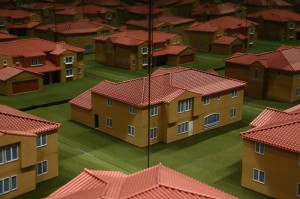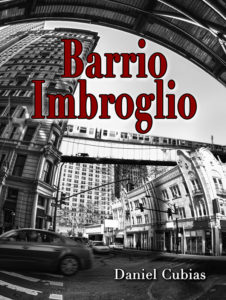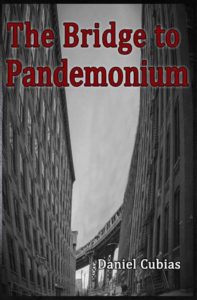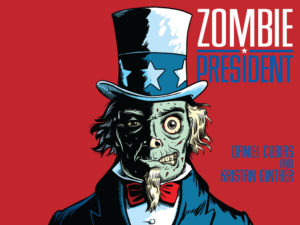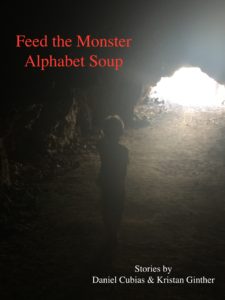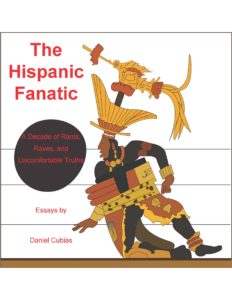Let’s say that you live in, once lived in, or otherwise have a fondness for a traditional Latino neighborhood in your city.
No doubt, you are aware that gentrification is a powerful force that is either the worst cataclysm in the history of urbanization, or a mighty godsend that will rescue every blighted neighborhood on the planet. Opinions vary.
But let’s sidestep that very real issue for now and address something we can all agree on: Many Hispanic neighborhoods have economic problems that need to be tackled, and improving the quality of life in Latino areas should be a top priority.
Well, I’m here to tell you that’s not going to happen. Because your neighborhood, your barrio, is not going to improve.
You see, we have only so many resources — and more importantly, only so much empathy — in this country. And currently, both are being used up in the effort to rescue small-town America and the white working class.
Now, you might ask, “Hey, isn’t the white working class synonymous with ‘Trump voter’? And isn’t there lots of proof that many of them are racists who have sold out our country because of their fear, hatred, and ignorance?”
Ha, no. I have it on good authority (i.e., the mainstream media) that the WWC are actually the salt of the earth, and they have been cruelly left behind by economic elites, and they have suffered greatly due to myriad other injustices that curiously never get mentioned whenever we talk about ethnic minorities (but that’s a mere coincidence).
In essence, we have unlimited sympathy for poor whites, and vast reservoirs of excuses for why they are free of responsibility for their problems and/or questionable decisions. For those Latinos who live in struggling urban neighborhoods, however, the message is clear: This is all your fault, so quit your whining.
For example, that opioid epidemic devastating rural America? It’s a full-blown crisis. But drug problems in the inner city? Just the moral failures of black and brown people.
Aren’t you glad that I cleared that up?
Oh sure, you might point out that based upon every statistical fact, lower-class white people actually have many advantages over Hispanics, and in some cases even over those Latinos who don’t live in poverty.
It doesn’t matter, because the image of the proud but destitute coal miner — the embodiment of the white working class — is stronger than any silly little facts or figures you could throw around.
To continue reading this post, please click here.



